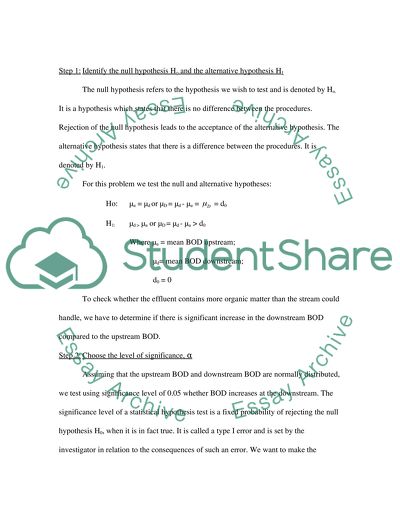Cite this document
(“Biochemical Oxygen Demand Hypothesis Testing Essay”, n.d.)
Retrieved from https://studentshare.org/formal-science-physical-science/1506227-advanced-hypothesis-testing-paper
Retrieved from https://studentshare.org/formal-science-physical-science/1506227-advanced-hypothesis-testing-paper
(Biochemical Oxygen Demand Hypothesis Testing Essay)
https://studentshare.org/formal-science-physical-science/1506227-advanced-hypothesis-testing-paper.
https://studentshare.org/formal-science-physical-science/1506227-advanced-hypothesis-testing-paper.
“Biochemical Oxygen Demand Hypothesis Testing Essay”, n.d. https://studentshare.org/formal-science-physical-science/1506227-advanced-hypothesis-testing-paper.


